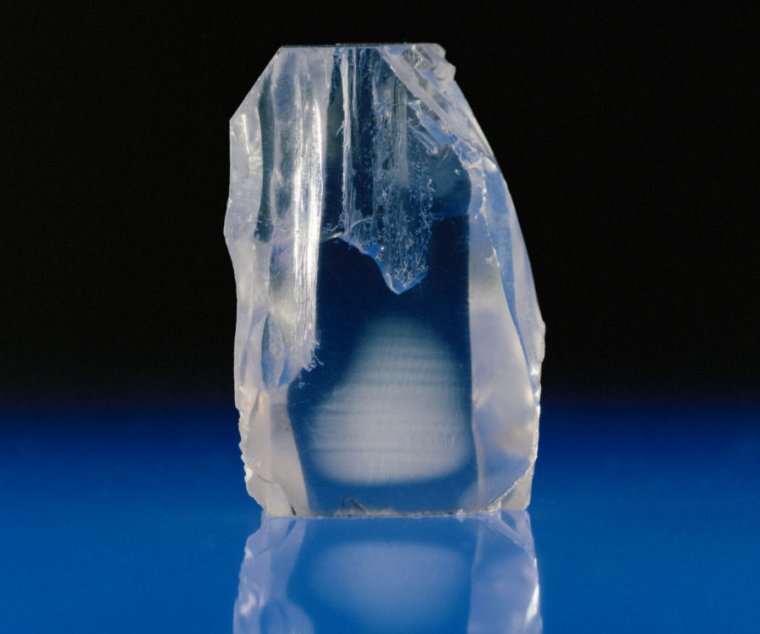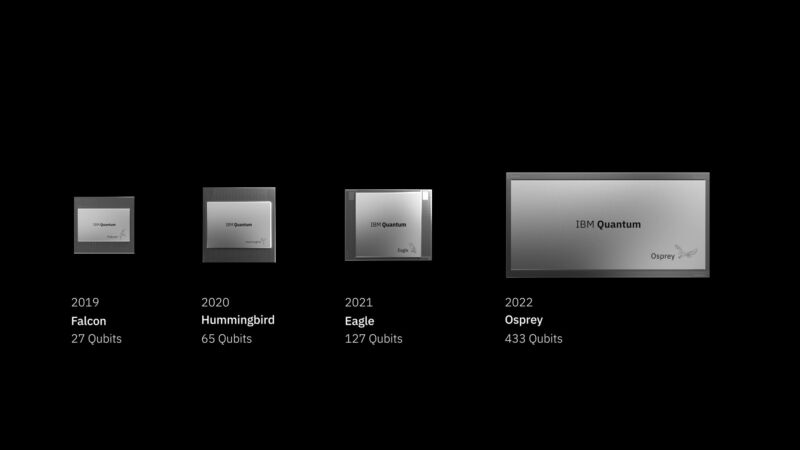- Joined
- Apr 1, 2005
- Messages
- 10,316
- Reaction score
- 6,263
I've always found this topic a bit brain-melty but there's an OK article or Ars today:
Putting light into crystal holding pattern makes robust qubit memory
Photons store themselves in ions that bob up and down in a sea of light.

Which is nice and all but it still has gems like:
So, still a bit brain-melty.
Putting light into crystal holding pattern makes robust qubit memory
Photons store themselves in ions that bob up and down in a sea of light.

Quantum computing and quantum communication require a different way of thinking about handling information. Not only are quantum states extremely delicate, but you can't copy a quantum state. To put it in perspective. If I want to send a qubit from a lab in Europe to somewhere in New York, that qubit has to make it all the way by itself—you can't read and replace it along the way. To get around this limitation, you have to make use of quantum mechanics: teleporting quantum states from one place to another.
To do that in a flexible way that allows computation, you need to store quantum states as they arrive. That means you need some sort of register that stacks qubits on top of each other. This is quite challenging. But, it seems that ions embedded in a crystal might be able to do the job. Before we journey into the heart of ions, crystals, and qubits, let's see why we can't just take ideas from classical computing and bolt them onto quantum computing.
Which is nice and all but it still has gems like:
you should think of them as having absorbed and not absorbed a photon at the same time.
So, still a bit brain-melty.

